|

GRETA
THUNBERG - is a Swedish climate activist. In Poland last week at the COP24 climate talks, Thunberg addressed the Secretary-General of the
United Nations and was seated on a
World Bank panel. She received a standing ovation for one of her talks.
She’s behind a global strike Thursday created to call attention to climate
change. She is a rebel. With a cause. Thunberg is 15 and autistic. And, the newest, youngest and most powerful voice on the
world stage demanding the world address global
warming.
5
THINGS ABOUT GRETA
1. Thunberg Created the ‘School Strike for the Climate’ Movement That’s Spread Globally
Vi barn gör ju oftast inte som ni säger åt oss att göra, vi gör som ni gör. Och eftersom ni vuxna skiter i min framtid, så gör jag det med. Jag skolstrejkar för klimatet fram till valdagen. pic.twitter.com/OyIvpdBiEq
— Greta Thunberg (@GretaThunberg) August 20, 2018
In August of 2018, the 9th-grade student said she would not go to school until the Swedish general election which was held, slated for Sept. 9. She said she made up her mind to do something following the unparalleled heat wave and summer fires her country experienced.
Thunberg took her strike to the Swedish parliament in Stockholm; the Skolstrejk för Klimatet, or School Strike for the Climate. Her demand was that her country reduce carbon emissions as agreed upon in the
Paris climate
agreement. And so the pig-tailed girl sat outside the Swedish parliament every Friday during school hours in protest. She did not relent.
Skolstrejken fortsätter! After 3 weeks of #schoolstrike for the #climate I will continue. #skolstrejk #climatestrike #klimatstrejk #FridaysForFuture #RiseforClimate #ClimateMarch pic.twitter.com/YCKXxnN4zF
— Greta Thunberg (@GretaThunberg) September 8, 2018
Thunberg’s School Strike for Climate was a movement that caught on in nations nearby and across the planet.
15歳の声が世界に届きます。
#COP24 #学生運動
#GretaThunberg #気候変動
pic.twitter.com/ab8mAYTb5U
— TIMELINE – タイムライン (@TimelineNews_tv) December 13, 2018
In Australia in particular tens of thousands of kids joined the protest. Australian
Prime Minister Scott Morrison’s admonition that, “what we want is more learning in schools and less activism” was ignored.
Thunberg had started something bigger than she.

2. Thunberg Addressed the UN & Her Message Went Viral
”So we have not come here to beg the world leaders to care for our future. They have ignored us in the past and they will ignore us again.
We have come here to let them know that change is coming whether they like it or not.”
From my speech yesterday at #COP24 pic.twitter.com/WIwv4vbT6G
— Greta Thunberg (@GretaThunberg) December 4, 2018
Thunberg addressed the COP24 United Nations climate change summit on Dec. 4. She said, “What I hope we achieve at this conference is that we realize that we are facing an existential threat. This is the biggest crisis humanity has ever faced. First, we have to realize this and then as fast as possible do something to stop the emissions and try to save what we can save.”
A few days later, she made her point and mission crystal clear. She was demanding action, not words. And she called for bravery and for adults to well, act like adults.
“You only speak of green eternal economic growth because you are too scared of being unpopular. You only talk about moving forward with the same bad ideas that got us into this mess, even when the only sensible thing to do is pull the emergency brake. You are not mature enough to tell it like it is. Even that burden you leave to us children.”
Now I’m on my way home from Katowice and COP24. Thank you @UNFCCC for inviting me. Now we travel through the night, so I’ll hopefully be in time for the climate strike in Malmö tomorrow morning at 8 am.#klimatstrejk #climatestrike #fridaysforfuture #cop24 #schoolstrike4climate pic.twitter.com/lE3IKw0v48
— Greta Thunberg (@GretaThunberg) December 13, 2018
Thunberg schooled the adults in the room.
”So we have not come here to beg the world leaders to care for our future. They have ignored us in the past and they will ignore us again. We have come here to let them know that change is coming whether they like it or not.”
3. Thunberg Adeptly Uses Social Media to Spread Her Message. She’s the Inspiration Behind a Global Strike for the Climate on Thursday, Dec. 14
Climate leaders don’t just talk.
They act.
Join us!!
Global climate strike 14 December.
Spread the word!! #FridaysForFuture #ClimateStrike #ClimateChallenge #ClimateLeader #cop24 #schoolstrike4climate pic.twitter.com/f5A2WogQxr
— Greta Thunberg (@GretaThunberg) December 12, 2018
Thunberg has called for a worldwide strike to demand action on climate change.
“Climate leaders don’t just talk. They act. Join us!! Global climate strike 14 December. Spread the word!!”
She was joined by climate scientists in her call to action.
Thunberg was part of the Rise for Climate demonstration outside the European Parliament in Brussels and is part of the Declaration of Rebellion organized by Extinction Rebellion in London.
It is time to rebel. #ExtinctionRebellion #ClimateStrike pic.twitter.com/2kx5Dsx5XE
— Greta Thunberg (@GretaThunberg) November 3, 2018
She says the only way to get anything done is through rebellion and civil disobedience.
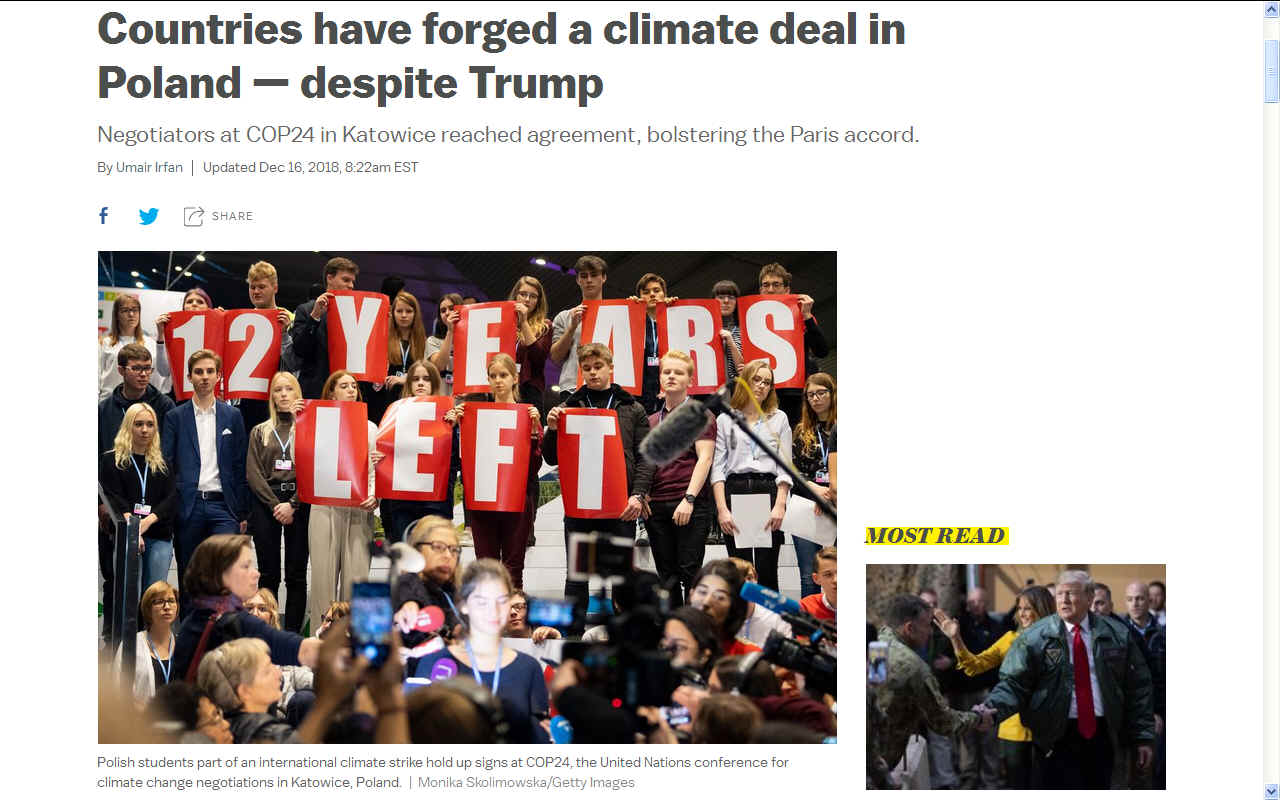
CLIMATE
CRIMINALS - We are all thinking it, some are saying it. Donald
Trump and Vladimir
Putin are forsaking planet earth for profits. It's economics before
lives and habitats - as usual.
4. Her Family Includes Actors, Artists & Scientists. Her Ancestor Discovered the Greenhouse Effect of Carbon Dioxide
Thunberg’s mother is Swedish opera singer Malena Ernman. Her father is Swedish actor Svante Thunberg and her grandfather is Swedish actor and director Olof Thunberg.
Her ancestor on her father’s side is the Nobel Prize winner, Svante Arrhenius. Arrhenius was a Swedish physicist and chemist who received the Nobel Prize for Chemistry in 1903. He is known for myriad scientific contributions but it was his discovery that increases in atmospheric
carbon dioxide increase the Earth’s surface temperature. That finding led to the conclusion that human-made carbon dioxide emissions cause
global warming.
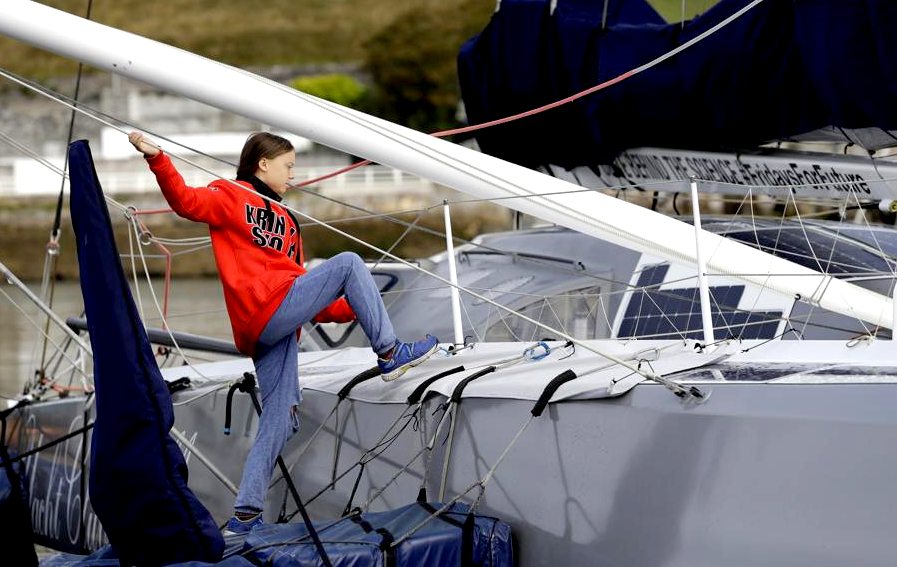
LONELY
PLANET AUGUST 2019 - Dilemma: you’re a climate change activist who
needs to get from your hometown in Sweden
to a conference in New York but taking a flight is out of the question.
How do you get there?
Climate change activist Greta Thunberg is inspiring a new generation of
green travelers.
If you’re Greta Thunberg, you’ll sail across the Atlantic
in a “zero emissions” racing yacht. The 16-year-old Swedish climate
change activist is speaking at the United
Nations Climate Action Summit in New
York in September and has plans to visit Canada,
Mexico
and Chile
in December, as well as other places in South America “that are
important in tackling the climate crisis.”
To reach her first destination, Thunberg will sail aboard the Malizia II,
a 60ft sailing yacht equipped with solar panels, wind
turbines and underwater hydrofoils
to run on zero emissions. The yacht is sponsored by Yacht Club de Monaco
and was offered to Thunberg from its owner, German
property developer Gerhard Senft, who came across the Nobel Peace
Prize-nominee’s travel dilemma on Twitter.
Thunberg will be joined by her father on the nonstop transatlantic
journey, along with Swedish documentary maker Nathan Grossman, captain
Boris Herrmann and founder of Team Malizia, Pierre Casiraghi (grandson of
Monaco’s late Prince Rainier III and actress Grace Kelly).
5. Thunberg, Who Has Asperger’s Syndrome, Was Named One of Time Magazine’s Most Influential Teens of 2018
Thank you @TEDxStockholm and the wonderful audience. #tedx #FridaysForFuture #ClimateBreakdown pic.twitter.com/8AsInC4iwO
— Greta Thunberg (@GretaThunberg) November 24, 2018
Her mother published a book, “Scener ur Hjärtat” (which translates to Scenes of the Heart), in which she described her family’s “crisis” of her daughter’s Greta and Beata’s illnesses that includes autism and other neuropsychiatric diagnoses, and their concern about climate
awareness, the health of the planet, and living a more sustainable life.
Greta says on her Twitter profile she has Aspergers and told a journalist from The New Yorker that she sees “the world a bit different, from another perspective. I have a special interest. It’s very common that people on the autism spectrum have a special interest.”
Fridays for future. The school strike continues! #climatestrike #klimatstrejk #FridaysForFuture pic.twitter.com/5jej011Qtp
— Greta Thunberg (@GretaThunberg) September 16, 2018
Thunberg was named to Time magazine’s 25 most influential people under age 20.
The at once shy and assertive teen told Time, “I thought that nothing is happening and no one is doing anything — it is my moral duty to do what I can,” she tells TIME of her mission. “I cannot vote, so this is a way that I can make my voice heard.”
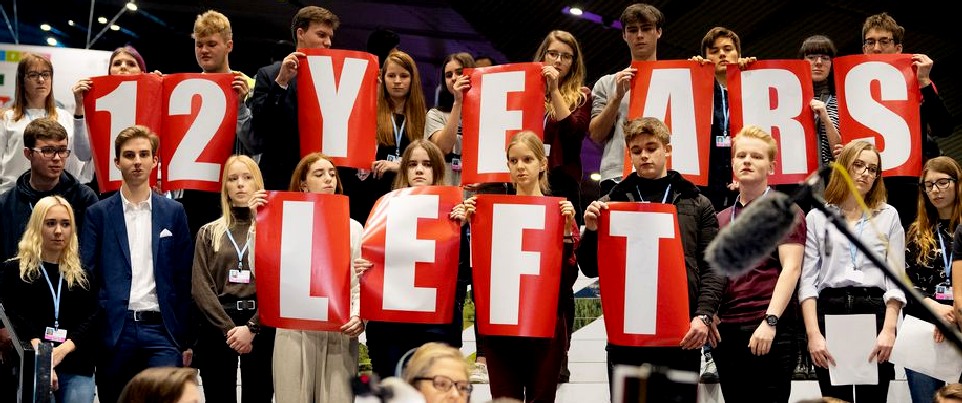
SCHOOLS -
The message is clear, we need to turn our words into action before it is
too late.
CLIMATE CHANGE
EXAMPLES: SEAVAX & ELIZABETH SWAN
The
Elizabeth
Swan is a real solar powered boat that is in an embryonic stage of
development as a real vessel to demonstrate that ocean transport can be
clean, and as an awareness
project
to keep ocean plastic and climate change in the public eye. The technical
platform is near identical to SeaVax, save that the ocean cleaner is a
workhorse, not a vessel to carry people or goods around the world.
The
SeaVax
project encompasses many of the Sustainable Development Goals that the UN
are hoping to achieve in one. To begin with Seavax is solar and wind
powered, meeting SDG7 aims and in the longer term SDG13,
as in research into zero emission ocean transport. The objective is to
develop the innovative technology (SDG9)
to help in the fight alleviate hunger and provide food security (SDG2)
and the vessels clean rivers and oceans (SDG6).
Lastly, WOAA
sits well with SDG17
in that the proposed World Ocean AntiPlastic Alliance encourages
international cooperation in seeking to clean the oceans as per SDG14.

SPEAKER -
Greta is small, but she packs a powerful punch. More powerful than many
world leaders put together. We are fans of her bravery and dedication that
puts many of us to shame.
VOX
15 DECEMBER 2018 - COUNTRIES FORGE CLIMATE DEAL IN SPITE OF TRUMP
UPDATE, December 15: International climate change negotiators announced late Saturday that they have reached an agreement at COP24 in
Poland. The text charts a path forward for countries to set tougher targets for cutting greenhouse gases under the
Paris climate agreement, as well as stronger transparency rules for countries in disclosing their emissions. However, questions on how to use markets to limit carbon dioxide remain, and discussions will continue next year. Read on for the context around these negotiations and why environmental groups, governments, and private companies were so concerned about the outcome of this conference.
An agreement between 200 nations at a major international climate change conference in Katowice, Poland, is taking longer than expected. The two-week meeting was supposed to wrap Friday. But as of Saturday, a full compilation of the Paris Agreement rulebook had been released, but a final deal still hadn’t been announced as critical details remained up for debate.
The goal of the 24th Conference of Parties (COP24) to the United Nations Framework Convention on Climate Change is to hammer out critical the details of the Paris climate agreement. Under the 2015 accord, countries set out to limit global warming to 2 degrees Celsius above
pre-industrial levels by 2100 at most, with a preferred target of 1.5 degrees Celsius.
However, the original pledged cuts in greenhouse gas emissions would not put the world anywhere near meeting these targets.
So the agreement included provisions for countries to meet regularly and ramp up their ambitions, all of which are voluntary. COP24 is the first time since Paris that countries are actually talking with each other about going beyond their initial commitments. That’s why this meeting is so important. That’s also why scientists and activists are pushing for even more ambitious commitments to reduce emissions in the final days of the negotiations.
“If the Paris agreement is actually going to live up to that model of voluntary bottom-up commitments, ... ongoing ratcheting down of those commitments, then it has to happen at this first moment,” said Lou Leonard, senior vice president for climate and energy at the
World Wildlife
Fund, by phone from Katowice. “And if it doesn’t happen at this first moment, then it will call into question whether this ratcheting will actually work.”
The outcome of the negotiations became increasingly uncertain after President Trump in 2017 announced he would withdraw the
United States from the accord.
For an agreement that hinges so much on cooperation and good faith, the worry was that without the US, the world’s second-largest greenhouse gas emitter, the deal would fall apart, that other countries would weaken their ambitions or sign an agreement so full of loopholes as to be useless.
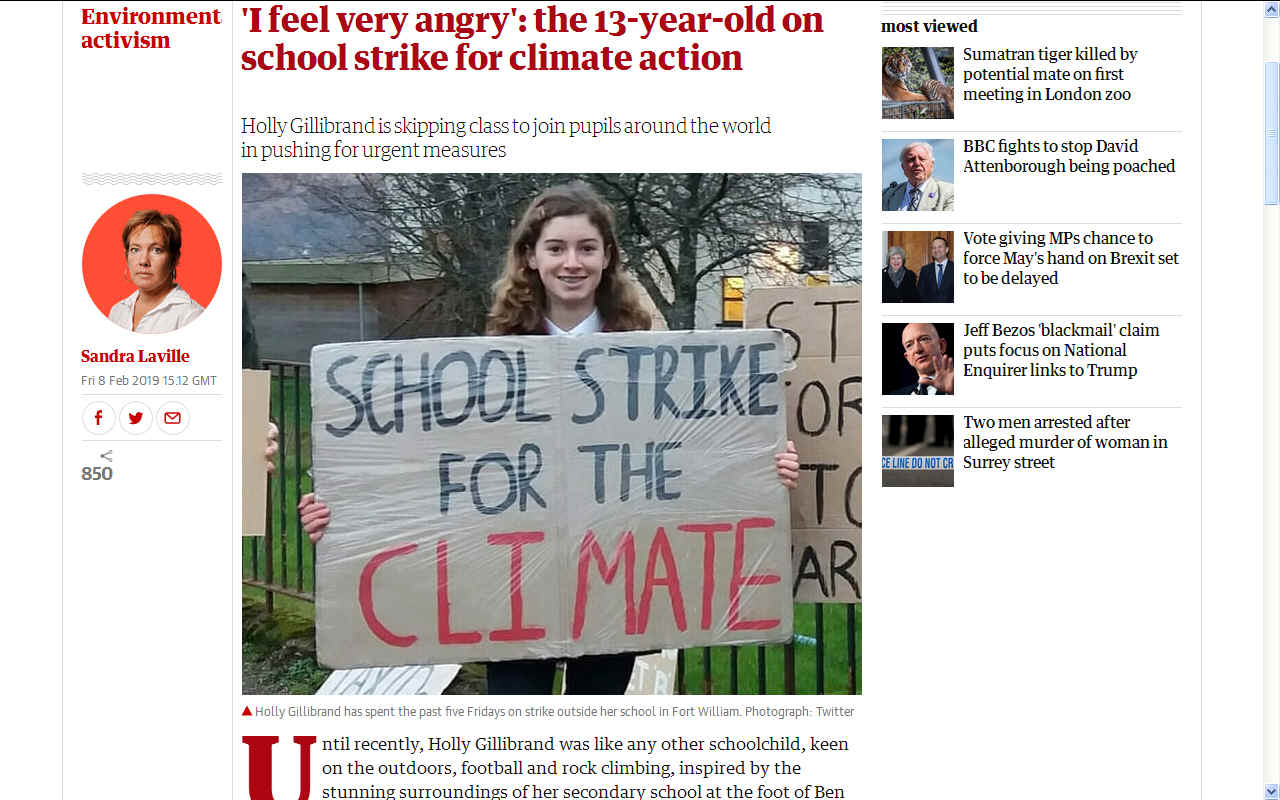
SCOTLAND -
Holly Gillibrand was inspired by Greta Thunberg's talks and strike action.
She is striking with others in Lochaber at the foot of Ben Nevis, also now
a climate columnist for the local newspaper.
SIX
STEPS TOWARD A COOLER PLANET
1.
TRANSPORT:
Phase out polluting vehicles. Governments aim to end the sale of new
petrol, and diesel vehicles by 2040 but have no infrastructure plan to
support such ambition. Marine transport can be carbon neutral.
2.
RENEWABLES:
Renewable energy should replace carbon-based fuels (coal,
oil and gas) in our electricity,
heating and transport.
3.
HOUSING:
On site micro or macro generation is the best option, starting with
new build homes.
4.
AGRICULTURE:
We need trees to absorb carbon
emissions from a growing
population, flying, and to build new homes. Reducing food waste and
promoting less energy intensive eating habits such as no meat Mondays.
5.
INDUSTRY:
Factories should be aiming for solar heating and onsite renewable energy
generation.
6.
POLITICS:
- National governing bodies need to adopt rules to eliminate
administrative wastages, to include scaling down spending on war machines,
educating the public and supporting sustainable social policies that mesh
with other cultures. Transparency is key. Governments hate being
accountable. So called independent courts are equally to blame, the reason
being control of the electorate - without scrutiny.
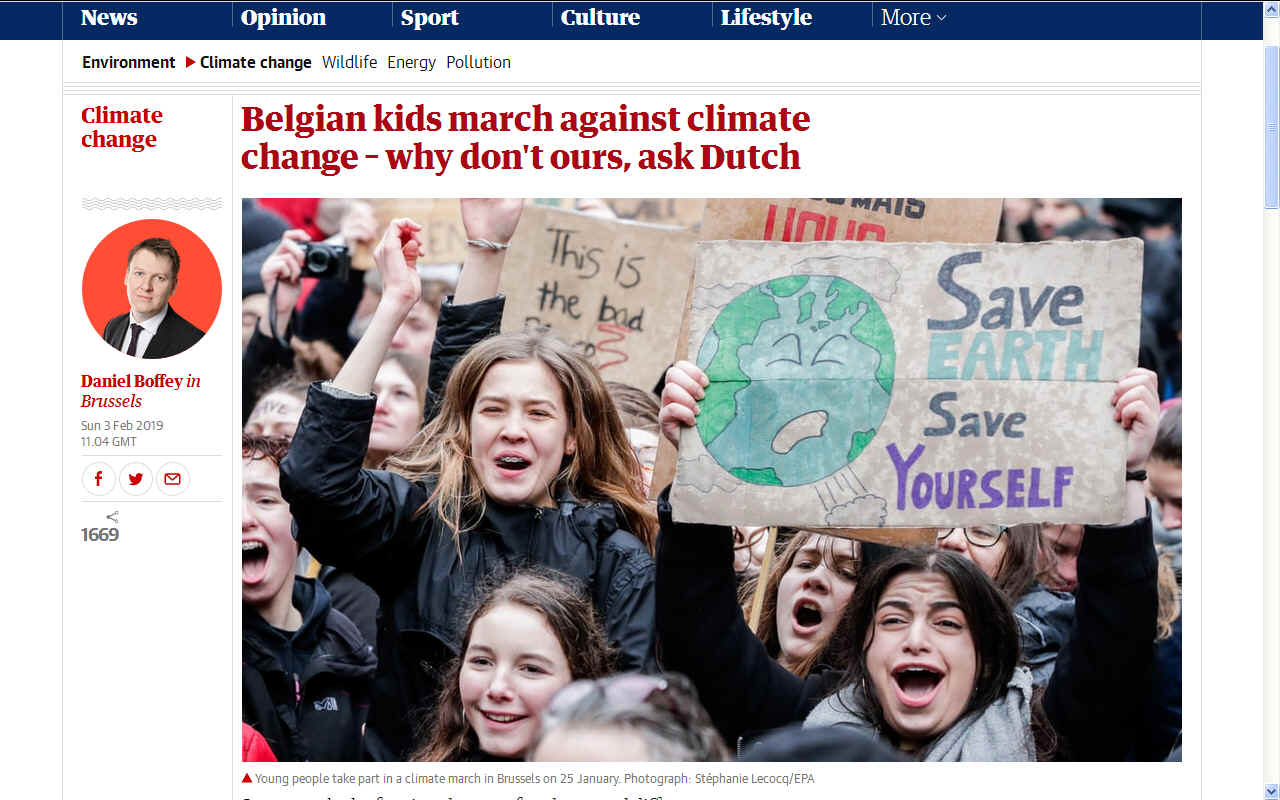
For delegates, the goal is to nail down critical details, like how to verify that countries are actually progressing in cutting
greenhouse
gases, creating market mechanisms to control emissions, and coming up with ways to help developing countries finance a transition to cleaner energy sources.
While we await word from #COP24, it’s worth being clear on the implications if Art 6 is left out of the decision (as looks likely). The bottom line is that countries can move ahead with international transfers even without guidance under Art 6.2 (1/4).
— Nat Keohane (@NatKeohane) December 15, 2018
It turns out countries are making some progress in tracking their emissions, but are still struggling with many of the financial issues associated with mitigating climate change. It’s yet another example of the tension between the threat of rising average temperatures and the fears of economic strain that hinder ambition in cutting greenhouse gases.
Fighting climate change is only getting harder
The literal and metaphorical backdrops of the COP24 negotiations highlight the enormousness of the challenge. Katowice is in the heart of Poland’s coal country and the conference is sponsored in part by Polish coal companies. The conference venue is literally festooned with coal.
At the global #ClimateChange convention our host, Poland, greets us with a shrine of ACTUAL coal
This year the #UNFCCC event is sponsored by coal companies in a country that generates 80% of electricity from coal
An insult to everyone who cares about the planet #COP24 pic.twitter.com/ng7HuWIm1Y
— James Ellsmoor (@jellsmoor) December 3, 2018
The country as a whole gets almost 80 percent of its electricity from coal, a major greenhouse gas emitter. During the negotiations, Poland’s environment minister, Marcin Korolec, who is also serving as the president of COP24, was fired from this government post (He is slated to be replaced by Maciej Grabowski, a former deputy finance minister in charge of taxing shale gas).
But it’s not just Poland that can’t quit dirty energy. Global greenhouse gas emissions reached a record high in 2018 and are accelerating higher.
That’s a huge problem given the October report from the Intergovernmental Panel on Climate Change. The special report, commissioned by the UNFCCC, focused on what it would take to limit climate change to 1.5 degrees Celsius of warming above preindustrial levels by the end of the century. The Paris climate agreement set out to limit warming to 2 degrees Celsius, with an additional target of 1.5 degrees Celsius.
The IPCC report found that it would require an unprecedented international effort, demanding technologies that are still in their infancy, and that the world may have as little as 12 years to act. That would likely require current cutting global emissions in half by 2030.
Though the United States has managed to reduce its greenhouse gas emissions while growing its economy, largely by switching from coal to natural gas, other countries have yet to satiate their appetites for dirty energy.
China, for examples, emits more
greenhouse gases than the
United States and
Europe combined, and its emissions are still growing.
Countries that need to slowdown:
* China, up 4.7% [2.0–7.4%]
* India, up 6.3% [4.3–8.3%]
* Others (largely developing), up 1.8% [0.5–3.0%]
Countries that need faster reductions:
* USA, up 2.5% [0.5–4.5%]
* EU, down 0.7% [-2.6–1.3%]#CarbonBudget #COP24 https://t.co/XK3W5wSapO
pic.twitter.com/rT2QyJ0ggQ
— Glen Peters (@Peters_Glen) December 5, 2018
The world as a whole needs to sharply bend the emissions curve as fast as possible if the planet is to stay below 2 degrees Celsius of warming, let alone 1.5 degrees Celsius. And seven big countries, including the US, are well behind hitting the pledges they made in Paris, according to the UN Environment Program’s most recent annual “emissions gap” report.
So the agreement taking shape in Poland seems to be a mixed bag. “Some of the issues like transparency rules are going in the right direction, but market mechanism is a pretty big mess,” said Alden Meyer, director of strategy and policy for the Union of Concerned Scientists, speaking from Poland.
The first step in limiting greenhouse gases is to keep track of them and provisions on measuring and verifying carbon dioxide emissions inventories for different countries looks to be strong.
But countries are still struggling with the best way to deal with climate change around the world, whether it means deploying clean energy in their own countries, financing climate change adaptation in vulnerable regions, or pooling money to help more fossil fuel-dependent countries sever their ties to carbon-intensive energy. Some delegates, particularly those from island nations threatened by sea level rise, also want more stringent targets for
greenhouse
gases.
The US government is a major obstacle in climate negotiations, but not the only one
As Vox’s David Roberts has explained, the United States is undermining the success of the Paris agreement. It’s not just that Trump announced his intent to withdraw from the accord. The Trump administration has gone as far as to gleefully taunt delegates at COP24 with a panel promoting the use of more coal.
Protesters chant keep fossil fuels in the ground at Trump #COP24 event. The truth is, they provide 81% of the energy consumed in the world, a figure that has not changed in 30 years.
https://t.co/703ZHy26Wx pic.twitter.com/rS2Ni7EX2q
— Amy Harder (@AmyAHarder) December 10, 2018
Unlike previous proposed international climate agreements, there’s no penalty or enforcement mechanism for breaching greenhouse gas targets. And the targets, remember, are set by countries for themselves.
Instead, the agreement hinges on peer pressure, which in turn requires countries to be open and transparent about their progress in fighting
climate
change.
So when the world’s second-largest carbon dioxide emitter decides not to play ball, it drastically weakens how much other countries can be shamed or prodded into limiting their emissions.
That in turn makes it more difficult to secure investments in clean
energy, since the regulatory environment has become more volatile.
The US’s actions have given some cover to other countries who are less than enthralled with the prospect of cutting greenhouse gas emissions. At COP24, this manifested in a fight over how to acknowledge the findings of the recent IPCC special report on limiting warming to 1.5 degrees Celsius. A draft of the final text initially said that negotiators “welcome” the findings from more than 300 researchers.
But the US, joined by Russia,
Saudi
Arabia, and Kuwait, objected to the language and want the final text to “note” the IPCC report rather than “welcome” it.
“The United States was willing to note the report and express appreciation to the scientists who developed it, but not to welcome it, as that would denote endorsement of the report,” the US State Department said in a statement to the
Associated
Press. “As we have made clear in the IPCC and other bodies, the United States has not endorsed the findings of the report.”
More recent drafts of the agreement now say that countries “appreciate” the IPCC report.
The federal government isn’t the only representative of the United States in Poland
Because of the rules of the Paris accord, the US can’t formally withdraw until after the 2020 election. But a consortium of US companies, investors, tribes, universities, and legislators have pledged to continue cutting carbon dioxide emissions in line with their commitments under the Paris accord.
Members of the We Are Still In coalition, which represents about half of the US population, are meeting with other negotiators as they highlight their own initiatives in fighting climate change to help encourage other countries to pursue their own.
California, for example, has set a target of zero net carbon emissions by 2045, deploying aggressive policies to encourage
electric cars, rooftop solar power, and batteries on the power grid to store variable renewable energy.
The hope is to bypass the Trump administration’s retrenchment on climate change action. However, activists are still not content with the pace of progress. Students in Poland staged a strike at the COP24 venue on Friday, demanding that countries set tougher emissions goals for themselves.
Observers say that whatever agreement that’s forged in Poland is only a first step. After representatives take the deal back to their home countries, their governments will still have to implement the rules and report back next year at the
United Nations general assembly next September. That gathering will highlight just how far apart words and actions are on climate change.
“That will be the real acid test of ambition,” Meyer said.
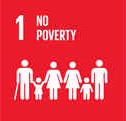 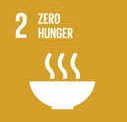 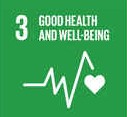 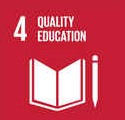 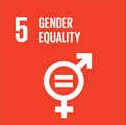 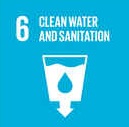
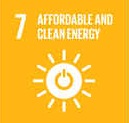 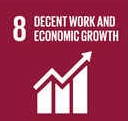 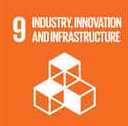 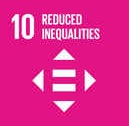 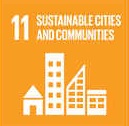 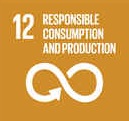
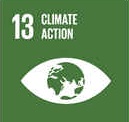 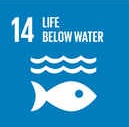 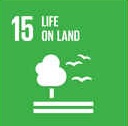  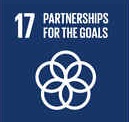 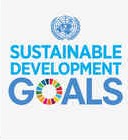
COP
25 is expected to be held in November 2019 or January 2020. (COP 25/CMP
15)
1995
COP 1, BERLIN, GERMANY
1996
COP 2, GENEVA, SWITZERLAND
1997
COP 3, KYOTO, JAPAN
1998
COP 4, BUENOS AIRES, ARGENTINA
1999
COP 5, BONN, GERMANY
2000:COP
6, THE HAGUE, NETHERLANDS
2001
COP 7, MARRAKECH, MOROCCO
2002
COP 8, NEW DELHI, INDIA
2003
COP 9, MILAN, ITALY
2004
COP 10, BUENOS AIRES, ARGENTINA
2005
COP 11/CMP 1, MONTREAL, CANADA
2006
COP 12/CMP 2, NAIROBI, KENYA
2007
COP 13/CMP 3, BALI, INDONESIA
2008
COP 14/CMP 4, POZNAN, POLAND
2009
COP 15/CMP 5, COPENHAGEN, DENMARK
2010
COP 16/CMP 6, CANCUN, MEXICO
2011
COP 17/CMP 7, DURBAN, SOUTH AFRICA
2012
COP 18/CMP 8, DOHA, QATAR
2013
COP 19/CMP 9, WARSAW, POLAND
2014
COP 20/CMP 10, LIMA, PERU
2015
COP 21/CMP 11, Paris, France
2016
COP 22/CMP 12/CMA 1, Marrakech, Morocco
2017
COP 23/CMP 13/CMA 2, Bonn, Germany
2018
COP 24/CMP 14/CMA 3, Katowice, Poland
2019
COP 25/CMP 15/CMA 4 Chile
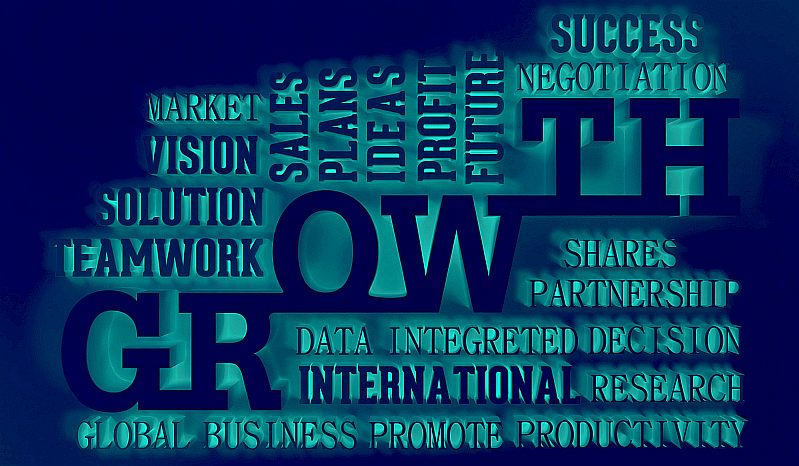
LINKS
& REFERENCE
https://www.vox.com/energy-and-environment/2018/12/14/18139402/cop24-climate-change-katowice-poland https://twitter.com/GretaThunberg https://uk.linkedin.com/ https://www.facebook.com/
Copyright ©
2019 Cleaner Oceans Foundation.
|


























